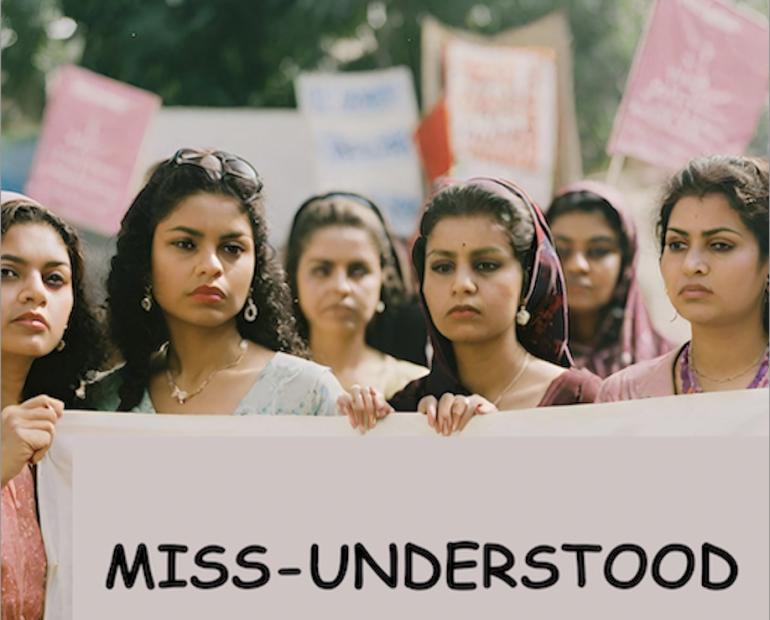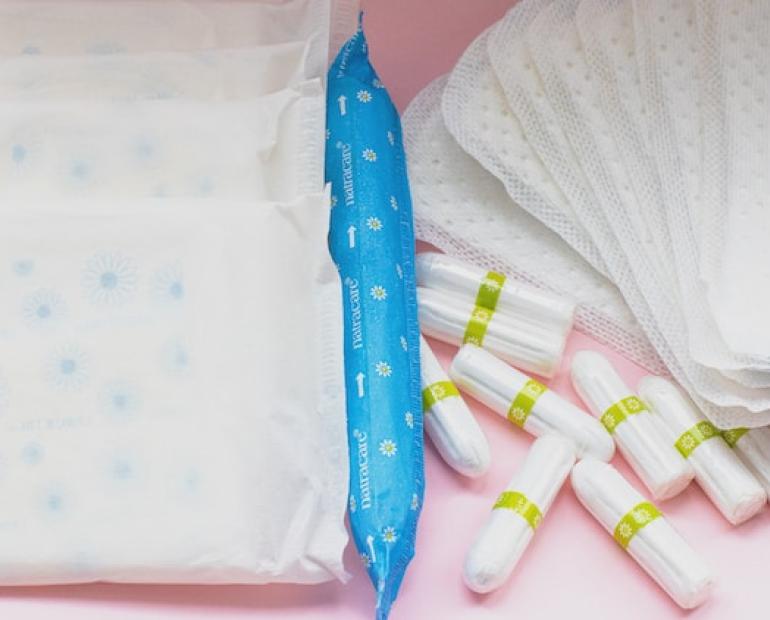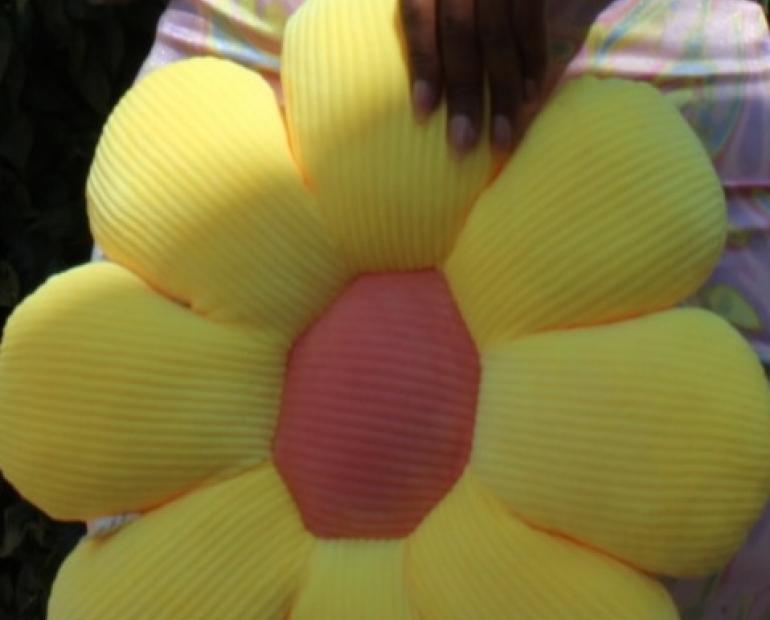
Did you know that there are around 800 million girls and women who menstruate every day(1)? Many of us don’t face any issues when menstruating and we can continue with our day to day tasks, at ease. Sadly, that is not the reality many girls face every month. Many girls worldwide do not have access to sanitary products, menstrual education, adequate sanitary conditions (e.g: separate toilets) and the ability to manage their period waste probably. This is known as period poverty, an issue that needs to be noticed and acted upon!
Girls make huge sacrifices with significant impacts on their daily lives, health, and education when experiencing period poverty. They often resort to using old rags, cloths, and chicken feathers to catch their menstrual blood, leading to severe health and sanitary problems. In addition, girls miss school or drop out due to not being able to manage their periods adequately at school.
What are the causes of Period Poverty you might ask? Below we have created a list of the main causes:
- Poverty: This is the main reason period poverty exists. When one is in poverty they do not receive the education they need to understand what is going on with their body, sanitary conditions are poor and most importantly they have limited access to sanitary products. Sanitary products are so expensive because of taxing and it is seen as a ‘luxury item’ when it should be a basic human right. Not a decision between buying food or sanitary products.
- Huge Stigma: Around the world, periods are not talked about openly and women who are menstruating are seen as dirty or impure. This stigma leads to the issue not being talked about and the needs of women not being taken seriously. Not only leading to period poverty but also continuing it.
- No education: Young girls are not being educated on the biological process. This leads to them not knowing what is going on and understanding how to handle it. They often use unsanitary methods to catch their menstrual blood and believe the myths that they are told like it is a disease. For instance, 48% of girls in IRAN, 10% in India, 7% in Afghanistan think menstruation is a disease (2). This type of misinformation impacts period poverty.
- There are also minor reasons for period poverty like natural disasters, conflict, the situation at home and much more.
Girls and women who are impacted by period poverty understand the immense consequences it has on their daily lives. As mentioned above, we can put the impacts into 3 categories: education, health, and social.
Social: Even though a social impact may not seem as significant as health or education it still is influential enough to cause a negative impact. Due to the stigma that exists around periods girls are often banned from taking part in social activities like religious practices. Fortunately, that is one of the less significant impacts. A more severe social impact is when women are banned from continuing their daily lives due to how they are seen. For instance in Nepal, though illegal, it still occurs that women are banned to period huts during menstruation. These huts have horrific conditions increasing the chances of disease and mental health issues. This is just one of the terrible social consequences of periods being seen as taboo. Additionally, women trade sex for sanitary products or money. In the area of Kibera in Kenya 65% of females trade sex for sanitary products (3). This increases the chances of sexually transmitted diseases, teenage pregnancies and mental health issues.
Education: The impact period poverty has on education is huge! Not only does it lead to girls missing school but it also continues a vicious cycle. The burden and difficulty of menstruating at home, in public and at school, girls decide to not attend school. This leads them to miss such a large amount of education, that they drop out. To put this in perspective 1 in 10 girls in Africa miss school when menstruating (4). When this happens the chances of child marriage and teenage pregnancies is increased. This is because parents will often believe their daughter is ready for marriage and reproduction. As a result, it will increase the chances of teenage pregnancy. It further causes them to stay in the poverty cycle because of the lack of education.
Health: There are two overall health impacts one is physical and the other is mental. The burden that dealing with period poverty brings often promotes mental health issues. Such as depression, anxiety, stress and much more. The physical impacts include Cervical Cancer, Urinary Tract Infection, yeast infections, bacterial infections and so on. Since women and girls already have limited access to manage their periods adequately it is safe to assume that they also do not have medical access to treat the illnesses. This increases the severity of the health issues bringing on long term consequences, like death. Additionally, during menstruation women eat and drink less to not have to go to the bathrooms and deal with inadequate conditions. Not receiving the nutrition they need makes it even harder to fight disease as the immune system is weakened.
Many things can be done to solve period poverty, here are our top 4:
- Raise Awareness: It is high time we raise awareness and normalize periods! Let's get rid of that taboo and make periods important to be taken care of!
- Education: Educating women on the natural process, how to manage it safely and talking openly about it will decrease the chances of women using harmful methods to manage their periods. Additionally, it will be made aware of resulting in normalizing periods.
- Proper facilities: Providing proper water, sanitation and hygiene facilities (WASH Facilities) will decrease the chances of infection and lift the burden and obstacles of having to manage periods in secret. Along with providing separate bathrooms, girls will feel more comfortable and able to manage their periods.
- Affordable sanitary products: By providing affordable sanitary products, especially at school, getting rid of the high tax and the belief of a ‘luxury item’ more people will have access, allowing girls to manage their periods safely and easily.
The terrible sacrifices girls have to make every day on their education, health and social life should not exist. Sanitary products should not be a luxury, education should not be a luxury and adequate sanitary conditions should NOT BE A LUXURY! It is high time we take action against this critical issue!
Bibliography:
1. “Periods Don’t Stop for Pandemics – Neither Will Our Efforts to Bring Safe Menstrual Hygiene to Women and Girls.” The World Bank, The World Bank, 28 May 2020, https://www.worldbank.org/en/news/feature/2020/05/28/menstrual-hygiene-…. Accessed 20 September 2021.
2. Tingle, Chloe, and Shailini Vora. Edited by Lucy Russell and Kerry Smith, Because I Am a Girl, Plan International UK, Jan. 2018, plan-uk.org/file/plan-uk-break-the-barriers-report-032018pdf/download?token=Fs-HYP3v.
3. Toll, Kerina. “Period Poverty Impact on the Economic Empowerment of Women.” Helpdesk Report, University of Leeds Nuffield Centre for International Health and Development, K4D, 23 Jan. 2019, assets.publishing.service.gov.uk/media/5c6e87b8ed915d4a32cf063a/period.pdf.
4. de la Roche Wills, Mariana, and Nikki van de Veerdonk. “Just How Much Can Menstruation Affect Girls' Education?” Apolitical , Apolitical, 17 June 2020, apolitical.co/solution-articles/en/just-how-much-can-menstruation-affect-girls-education.






